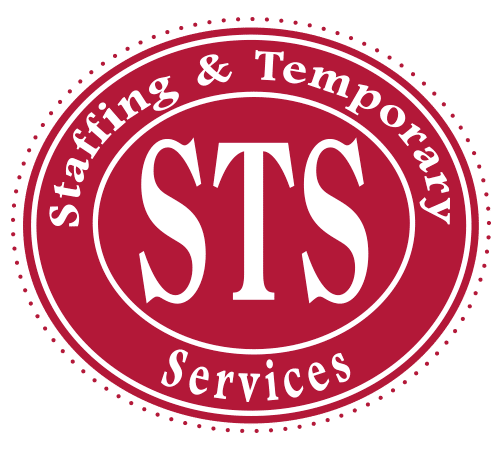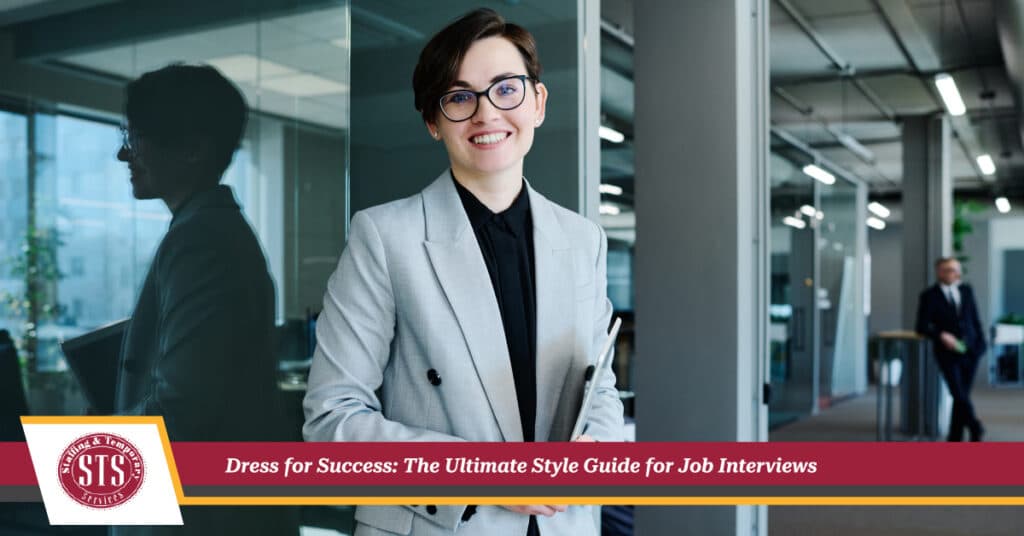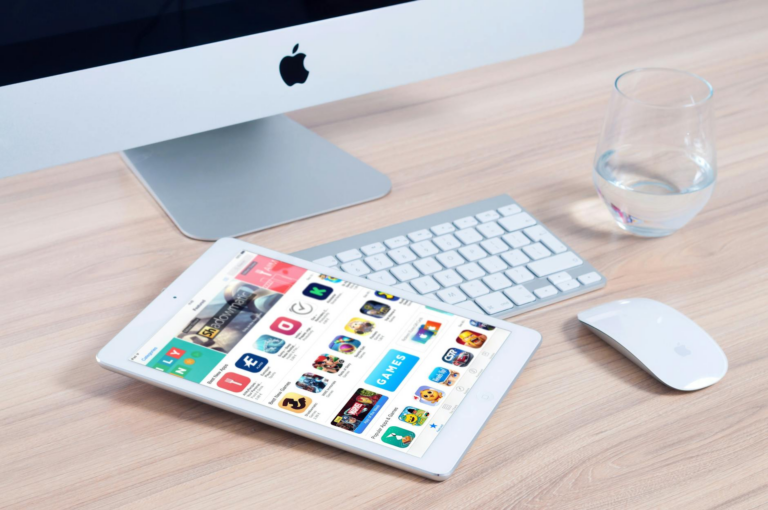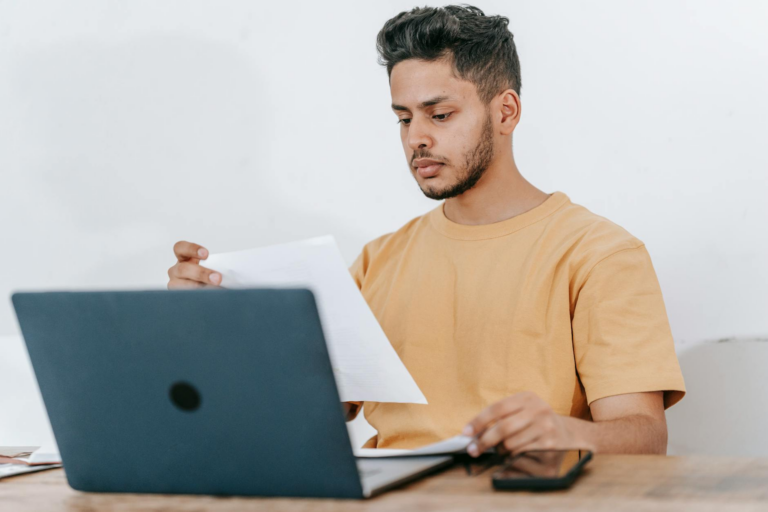There are lots of stressful things about job interviews. Wondering if you’re qualified or over-qualified. All those interview questions. Being on time. Making a good first impression.
From the moment you meet, an interviewer begins to evaluate everything about you: your friendly smile, firm handshake, and interview attire.
Fashion can be subjective, but there’s often little room for error when it comes to a job interview.
If you’re anticipating a job interview, the following wardrobe pointers could help ease your concerns.
Interview Attire: Best Practice Basics
What you wear to an interview often depends on the type of job you’re after. Wait staff dresses much differently than warehouse workers, for instance.
However, before you put on a stitch of interview clothing, consider some critical hygiene and wardrobe best practices.
Clothing
- Ensure you wear clean and pressed clothing in good condition (no rips, tears, frayed edges, loose threads, or missing buttons).
- Clothing should be free from stains, fading, and pet hair.
- Do not wear clothing that is too tight or revealing.
- Make sure shoes are buffed and unscuffed. No sneakers or flip-flops.
- Although religious and cultural headwear is acceptable, no hats, beanies, hoods, or caps.
- For conservative settings, stick with gray, black, or blue clothes, notes Purdue Global, and “save the more colorful shades such as purple, green, and yellow for interviewing for creative roles.”
Hygiene
- Your person should be clean and well-groomed.
- Avoid perfume and strongly scented hygiene products.
- Make sure fingernails are clean and well-manicured. Long fingernails could be a problem in some professions.
- Keep jewelry and makeup minimal and tasteful.
- For most business settings, remove facial piercings and cover large tattoos.
- “Style your hair conservatively for your interview. This applies to both sexes,” says Chron.
What Should You Wear?
Let the company’s dress code guide what you wear to your job interview. When in doubt, it’s safest to be a little overdressed.
“Dressing professionally shows respect for yourself, the interviewer, and the company,” says Pittsburgh State University. “You may not have to dress like this every day, but you are more likely to be taken seriously when you professionally present yourself and take the time to attend to details.”
How to Determine a Company’s Dress Code
There are several ways to determine a company’s dress code.
First, check the company’s website and social media to study how staff dress. See if the HR portion of the website outlines the dress code.
If possible, visit the company to see what employees wear first-hand.
Also, calling or emailing your interview point of contact is perfectly acceptable to inquire about the company’s dress code, notes Coursera.
Dressing for Every Business Style
While businesses may have different policies, we list some standard clothing guidelines below.
Formal Business Attire
Formal business is the most “dressed up” work attire. This usually means a dark-colored suit, pressed solid-colored button-down shirt, tie, and leather shoes (with socks) for men. Women might wear a suit, conservative skirt and blouse, or a dress with closed-toed pumps or low heels.
Business Casual
This style is a little more relaxed. Men may be able to substitute a blazer for the suit coat and ditch the tie. Women can wear dresses or skirts, but dress pants are also acceptable. Switch out your dress shoes for flats, heels, Oxfords, or loafers.
Creative Professions
Creatives can wear trendier, more casual interview clothes. Choices may reflect their personality through thoughtful patterns, a touch of color, exciting jewelry, scarves, or other accessories. Blend style with subtlety. “Start simple and add a twist that helps you stand out,” recommends The Art Institutes.
Restaurant/Wait Staff
Dress styles vary depending on whether the restaurant is formal or casual. For an upscale restaurant, “match the restaurant’s level of polish as much as you can,” advises Open Table.
On the other hand, “no matter how relaxed the restaurant, avoid wearing your most casual clothing.”
Nursing/Health Care
Scrubs are a no-no when interviewing for a nursing position, notes Fresh RN. Business casual wear will make a much better impression. That means a knee-length dress or skirt, or nice pair of slacks and blouse, sweater, or tailored top for the women. Men will dress appropriately in khakis or dress pants with a button-down shirt or polo.
Warehouse/Manufacturing
You won’t need to dress up in a factory, but you should still try to dress well for your interview. Khakis, slacks, or trousers paired with a collared button-down shirt make a good impression. A necktie makes a nice touch for men but is not required.
Dress to Impress
What you wear to a job interview can help you make an excellent first impression. Taking care of your appearance shows you take the interview and the job seriously and heightens your credibility. Knowing you look good can give you the extra confidence you need to ace the interview!
Working with a job placement service is another great way to discover inside information about a company, including their dress code. Your recruiter can offer valuable advice to help you crush your job interview. Contact STS Staffing to get started.




